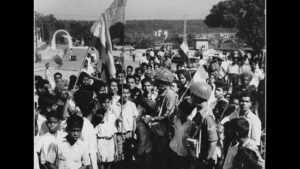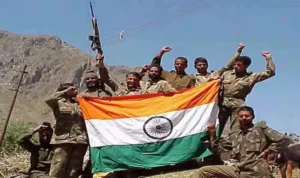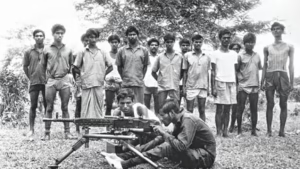Exercise AGNI WARRIOR is more than just a military drill; it represents the convergence of India and Singapore’s strategic interests in ensuring regional peace and stability. It enhances the tactical proficiency and operational readiness of both armies while fostering mutual trust and cooperation.
For UPSC aspirants, understanding the significance of such exercises helps in answering questions on international relations, defense, and current affairs comprehensively. It also showcases India’s evolving role as a key player in the Indo-Pacific region.









